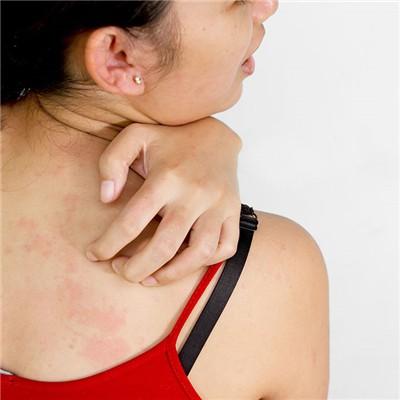Is chancre syphilis
summary
I looked at my brother and they were looking for a young lady. Later, when I was in my 20s, I went to the young lady because I was curious. As a result, I felt unwell recently, and my private parts were itchy, so I went to the hospital for an examination. As a result, the doctor said that I had syphilis, chancre is syphilis? Do you know? Now let's share the chancre is syphilis.
Is chancre syphilis
First: chancre is one of the hallmark symptoms of early syphilis. Chancre appears in penis, glans, coronal sulcus, prepuce, urethral orifice; labia, clitoris, cervix; anus, anal canal, etc. Can also be seen in the lips, tongue, breast, etc., hard chancre generally appears in 6-70 days after infection, hard chancre shape can be round or oval, often single, painless and itchless, sore surface is generally not broken, press up is hard, but once the occurrence of secondary infection, it may occur ulcer and damage.

Second, the damage often occurs in the vulva and sexual contact sites. In men, it is mostly near the glans, coronal groove and frenulum, the inner lobe of prepuce or penis, the root of penis, urethral orifice or urethra. The latter is easy to be misdiagnosed. Chancre is often complicated with prepuce edema. Lymphangitis can be seen in some patients on the back of penis, showing relatively hard linear damage. In women, chancre is more common in labia and clitoris, Urethral orifice, scrotum, especially in the cervix, easy to miss diagnosis, pudendal external hard chancre is more common in the lips, tongue, tonsils, fingers (medical staff can also be infected with finger chancre), breast, eyelids, ear.

Third: syphilis is a chronic, systemic sexually transmitted disease caused by Treponema pallidum. Early infectious, mainly invasion of skin and mucous membrane, often manifested as genital ulcer, lymphadenopathy and systemic rash, some patients may have no symptoms in the early stage; late destructive, almost can invade all organs of the body, often cause cardiovascular system and nervous system damage, even life-threatening. The disease is mainly transmitted through sexual contact, and a few are transmitted through blood transfusion and contaminated household appliances. The treatment of syphilis should follow the principle of early, regular, whole course treatment and regular follow-up.

matters needing attention
Postnatal manifestations: the symptoms of early congenital syphilis can be manifested as hepatosplenomegaly, skin rash (purulent herpes, peeling, macular papule), jaundice, chronic rhinitis, meningitis, intestinal obstruction or bleeding, interstitial pneumonia, lung abscess, cataract, hydrocephalus, etc. the symptoms of late congenital syphilis are interstitial keratitis, saddle nose, deafness, mental retardation, and even death. Congenital syphilis is a preventable disease. Active prenatal examination and syphilis treatment during pregnancy are important measures to prevent congenital syphilis.














